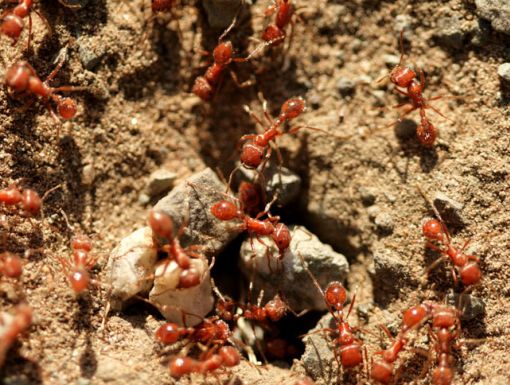
Spider Bites: What You Should Do
There are 3,000 species of spiders in the United States and 45,000 worldwide. Of the spiders found in the United States, only a few bite and only two – the black widow and the brown recluse – are venomous or poisonous in a way that can become life-threatening. According to the Centers for Disease Control, symptoms associated with spider bites can vary from minor to severe. Although extremely rare, death can occur in the most severe cases. Possible symptoms resulting from a spider bite include the following:
- Itching or a rash
- Radiating pain at the bite site
- Muscle pain or cramping
- Red or purple bruising
- Blister
- Sweating
- Trouble breathing
- Headache
- Nausea
- Vomiting
- Fever
- Chills
- Anxiety or restlessness
- High blood pressure
The brown recluse, also known as the violin or fiddle-back spider, is recognized by its brown body, long legs and violin-shaped marking on its back. According to the Occupational Safety and Health Administration, there may be no symptoms from this bite, or symptoms may be delayed. The venom of a brown recluse can destroy skin tissue and can require medical attention. The bite typically reddens over several hours, and there may be a white blister at the bite site. You may experience the following symptoms:
- Restlessness
- Fever
- Chills
- Nausea
- Weakness
- Joint pain
The black widow is easily identified by its shiny black body and bright red hourglass-shaped marking on the underside of its abdomen. The bite of the black widow may be painful, or it may go unnoticed. Symptoms of a bite from this spider include:
- Two bite marks on the skin with swelling around the site
- Pain that progresses from the bite site to the abdomen and back
- Severe cramping in the abdominal muscles
To learn more about these two spiders and where they’re commonly found, check out this article from the Centers for Disease Control.
First-aid treatment
If you have been bitten or you believe any spider has bitten you, it is recommended that you follow these steps for first-aid treatment:
- Clean the injured area with soap and water.
- Apply ice to the area to slow the progress of the venom.
- Elevate and immobilize the bitten body part.
- Capture the spider, if possible, for identification.
- Seek medical attention. If you have a heart condition or other heart problems, this is especially important.
Depending on the severity of your symptoms and the type of spider that has bitten you, you may need to seek medical attention at an urgent care or emergency room. Remember, suspected bites should always be reported to a medical professional.
Learn more about Primary Care services at Ochsner Health.



